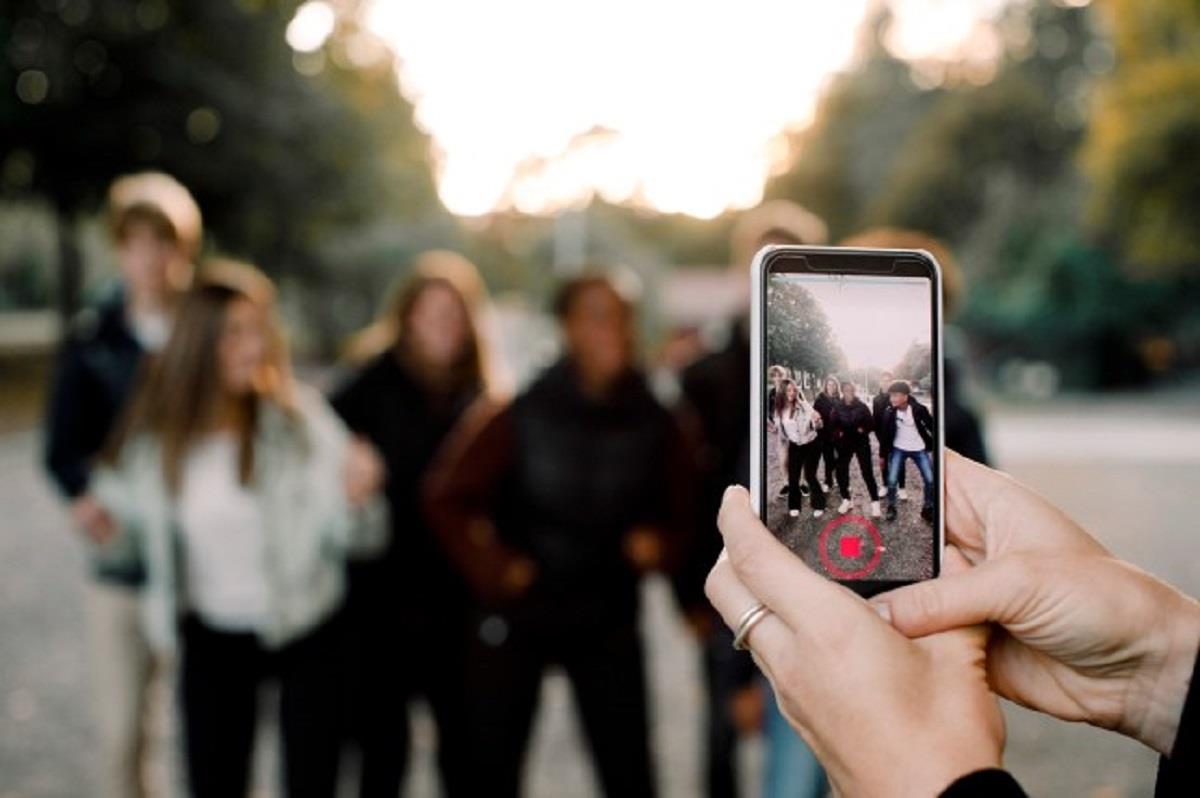
The Reels Generation: How Kashmiri Youth Are Losing The Art Of Thinking
Representational photo
By Muzamil Farooq
Ten years ago, a Kashmiri child's ambition might've been to become a doctor, a poet, or an engineer. But today, many dream of becoming a“content creator.”
The smartphone camera has replaced the classroom as the center of aspiration. And for a growing number of young Kashmiris, fame, measured in likes, followers, and comments, has become the new form of achievement.
The shift represents a cultural and intellectual crisis unfolding before our eyes.
Social media in Kashmir has turned into a parallel education system, except that it teaches nothing. Children as young as ten scroll through a constant feed of short videos that reward visibility over substance.
These platforms thrive on algorithms that understand one thing: what captures attention fastest.
A fifteen-second clip of mimicry or dance triggers a surge of dopamine, the brain's pleasure chemical.
Over time, this becomes a loop of craving and reward. Reading a book or solving a math problem cannot compete with that kind of instant thrill.
This change is a social shift that could redefine how an entire generation thinks and values itself.
School now feels dull, thinking slow, and reflection useless. In its place comes a habit of endless scrolling, shallow expression, and the illusion of being“seen.”
Teachers in Kashmir report a growing impatience among students, an inability to focus, and a preference for memorized quotes over reasoned thought. The attention span has shrunk, while the appetite for recognition has exploded.
The ancient Kashmiri tradition of deep inquiry, the spirit of Lal Ded's mysticism or Sheikh- Alam's moral clarity, has been replaced by a culture of mimicry and trend-chasing. Children now learn in fragments: thirty seconds of fake wisdom, sixty seconds of pop psychology, a few lines of motivational talk recycled from elsewhere.
It creates the illusion of intellect without its substance.
The tragedy is that this pursuit of digital fame rarely leads anywhere. For every influencer who manages to build a following, thousands more spend their most formative years chasing attention with no real skills to show for it.
This diversion of talent is catastrophic for an unemployment-ridden region. When education loses meaning and work loses meaning, vanity fills the void.
Even the economic argument often made for social media,“at least some are earning,” crumbles under scrutiny. Only a handful of Kashmiri influencers manage to secure brand deals or ad revenue. The vast majority earn nothing.
The platforms benefit the most, extracting hours of attention while offering digital dust in return. What looks like empowerment is often exploitation of attention, the most valuable currency of our age.
Culturally, the impact runs deep. Kashmir has survived conflict, curfews, and communication clampdowns through its strong mindset. The valley's strength has always been its thinkers, teachers, and writers. When those roles are devalued and replaced by the pursuit of virality, the collective imagination that once built poetry, art, and scholarship begins to wither.
A society without thinkers eventually becomes a society without direction.
The psychological toll is equally stark. The constant comparison with other people's curated lives breeds anxiety and insecurity. A teenager's mood can swing with a single drop in likes. Validation becomes addictive, and self-worth depends on engagement metrics.
This trend could soon evolve into a silent epidemic of depression and self-doubt.
The real challenge is to rebuild a culture of critical engagement, where digital literacy means understanding how algorithms shape behaviour. Children need to be taught how to question what they consume online, how to spot misinformation, and how to find meaning beyond the screen.
Parents and schools must treat media literacy as seriously as mathematics. Teachers can use social media creatively to make learning relatable without surrendering to its superficiality. Policymakers should stop glorifying digital“stars” and instead celebrate young scientists, artists, and researchers.
Kashmir's heritage is full of thinkers who changed the world without hashtags. Their stories need to return to the center of public life.
Most of all, children must be reminded that creativity is contribution, not performance. Fame fades, but knowledge endures. The true test of intellect is not how many people see you, but how deeply you see the world.

Legal Disclaimer:
MENAFN provides the
information “as is” without warranty of any kind. We do not accept
any responsibility or liability for the accuracy, content, images,
videos, licenses, completeness, legality, or reliability of the information
contained in this article. If you have any complaints or copyright
issues related to this article, kindly contact the provider above.
Most popular stories
Market Research

- Pepeto Highlights $6.8M Presale Amid Ethereum's Price Moves And Opportunities
- Codego Launches Whitelabel Devices Bringing Tokens Into Daily Life
- Zeni.Ai Launches First AI-Powered Rewards Business Debit Card
- LYS Labs Moves Beyond Data And Aims To Become The Operating System For Automated Global Finance
- Whale.Io Launches Battlepass Season 3, Featuring $77,000 In Crypto Casino Rewards
- Ceffu Secures Full VASP Operating License From Dubai's VARA



















Comments
No comment